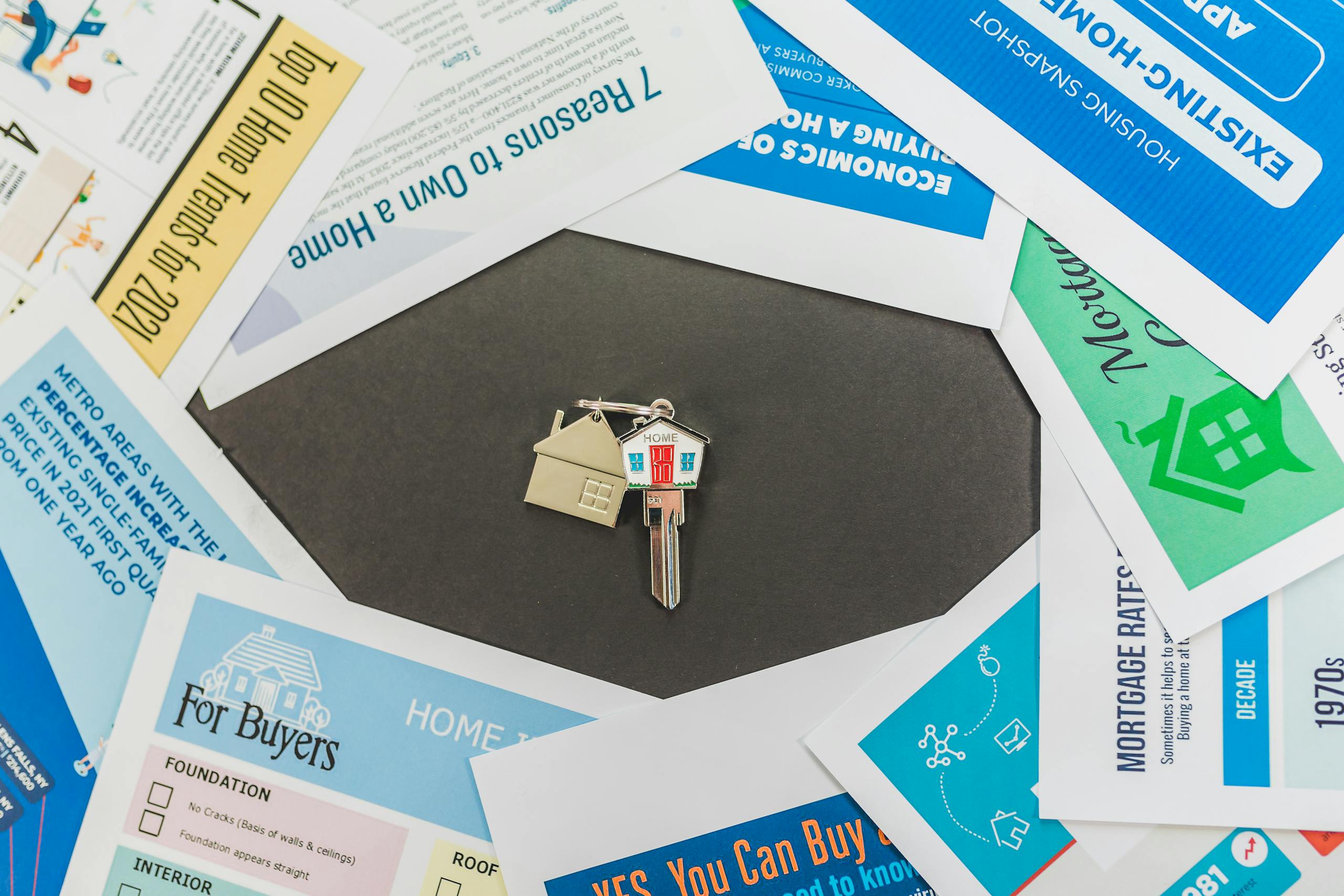If you’re considering buying a home with a lower down payment, an FHA loan might be a great option. Federal Housing Administration (FHA) loans are designed to make homeownership more accessible to a wide range of borrowers, especially first-time homebuyers. In this guide, we’ll walk you through the entire process of applying for an FHA loan, from eligibility to closing.
What is an FHA Loan?
An FHA loan is a government-backed mortgage that allows borrowers to purchase a home with a lower down payment and more lenient credit score requirements than conventional loans. FHA loans are insured by the Federal Housing Administration, which reduces the risk for lenders, making them more likely to approve loans for borrowers who may not qualify for conventional financing.
For a more detailed explanation, you can check out the FHA official website.
Step 1: Check Your Eligibility for an FHA Loan
Before applying for an FHA loan, it’s essential to confirm that you meet the eligibility criteria. The basic requirements include:
1.Credit Score: While FHA loans are more lenient than conventional loans, you still need a minimum credit score. Typically:
•580 or higher: Qualify for the 3.5% down payment.
•500-579: You may still qualify, but a 10% down payment will be required.
2.Down Payment: FHA loans allow for a down payment as low as 3.5% of the home’s purchase price, making it easier for buyers with limited savings.
3.Debt-to-Income (DTI) Ratio: The FHA generally allows a higher DTI ratio, typically up to 43%, although this can vary.
4.Employment History: FHA lenders typically require borrowers to have a steady employment history of at least two years.
5.Property Type: FHA loans are available for single-family homes, multi-family properties (up to four units), and certain approved condos.
6.U.S. Citizenship: Borrowers must be U.S. citizens or have legal residency status.
To learn more about eligibility, visit the HUD FHA Eligibility page.
Step 2: Choose the Right Lender
Not all lenders offer FHA loans, so it’s crucial to shop around. When looking for an FHA-approved lender, consider:
1.Interest Rates: FHA loans typically offer competitive interest rates.
2.Customer Service: Look for lenders with positive customer reviews and transparent communication.
Start here for a good place to start your search for an FHA Lender.
Step 3: Gather Necessary Documents
When you apply for an FHA loan, you’ll need to provide several financial and personal documents to the lender, including:
1.Proof of Identity: Passport, driver’s license, or Social Security card.
2.Proof of Income: Pay stubs, tax returns, or bank statements.
3.Credit History: A credit report will be required.
4.Employment Verification: Employment history and recent pay stubs.
5.Assets: Bank statements or other asset documentation to verify savings for a down payment and closing costs.
Having these documents ready can streamline the approval process.
Step 4: Apply for the FHA Loan
Once you’ve chosen your lender and gathered the necessary documents, you’ll submit your application. This can usually be done online or in person, depending on the lender.
1.Fill out the loan application: You will need to provide personal and financial information.
2.Pay Application Fees: Some lenders may charge a small fee to process the application.
3.Underwriting Process: After submission, the lender will begin underwriting. This involves verifying all your information and assessing your ability to repay the loan.
For more details on the FHA loan application process, check out this FHA loan guide from the Consumer Financial Protection Bureau.
Step 5: Get Pre-Approved for the FHA Loan
While pre-approval isn’t a requirement, it’s a good idea to get pre-approved before you start shopping for homes. Pre-approval can give you a better understanding of how much you can borrow and show sellers that you’re a serious buyer.
To get pre-approved, your lender will review your credit, income, assets, and debt levels. Once pre-approved, the lender will provide you with a pre-approval letter, which will specify the loan amount you’re eligible for.
Step 6: Find Your Dream Home
With your pre-approval in hand, you can begin searching for a home. Keep in mind that the property must meet certain requirements to qualify for an FHA loan. These include:
•Appraisal: The home must be appraised by an FHA-approved appraiser to ensure it meets FHA’s minimum property standards.
•Condition of the Property: The property should be in good condition. FHA loans won’t approve homes that need extensive repairs, such as issues with the foundation, roof, or plumbing.
To explore available homes, you can use websites like Zillow or Realtor.com to find properties in your desired area.
Step 7: Make an Offer and Sign the Purchase Agreement
Once you’ve found the home of your dreams, you’ll make an offer. If the seller accepts, you’ll sign a purchase agreement. This agreement outlines the terms of the sale, including the price, contingencies, and closing date.
Step 8: Undergo FHA Appraisal and Inspection
After the purchase agreement is signed, the FHA will require an appraisal to determine the home’s market value. The appraiser will also inspect the property for any significant health and safety issues.
If the appraisal comes back lower than the offer price or if there are problems with the property, you may need to renegotiate with the seller or pay for repairs.
For more on FHA appraisals, visit FHA Appraisal Guidelines.
Step 9: Finalize the Loan and Close the Deal
Once your FHA loan is approved and the appraisal is complete, you’ll move on to the closing stage. This involves:
1.Signing the Mortgage Documents: These include your mortgage note and the closing disclosure.
2.Paying Closing Costs: These typically range from 2% to 5% of the loan amount.
3.Funding the Loan: The lender will disburse the funds, and you’ll take possession of the home.
Ensure you review the closing documents carefully before signing. Your lender will provide a breakdown of the costs involved, including taxes, insurance, and any fees.
Step 10: Move Into Your New Home!
Once the closing process is complete, you’ll receive the keys to your new home. At this point, you’re officially a homeowner, and you’ll begin making monthly mortgage payments as agreed upon in your loan terms.
Conclusion
FHA loans are an excellent choice for many first-time homebuyers or those who may not have perfect credit or large down payments. By following these steps and carefully considering your options, you can navigate the FHA loan process with confidence.
For more information and resources on FHA loans, visit:
•Consumer Financial Protection Bureau’s FHA Guide
This comprehensive guide provides an overview of the FHA loan process. By taking the time to understand each step and working with an experienced lender, you’ll be well on your way to purchasing your new home with an FHA loan.

